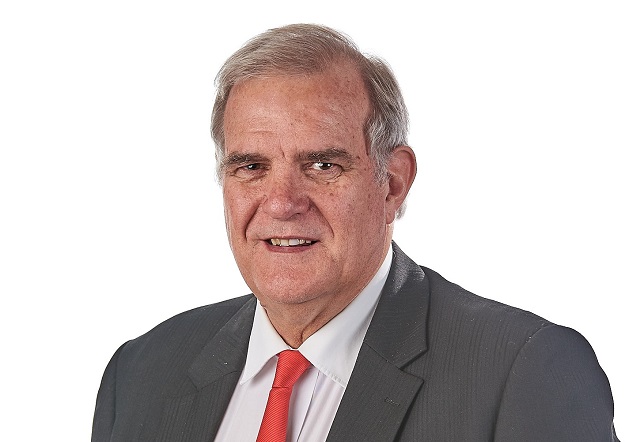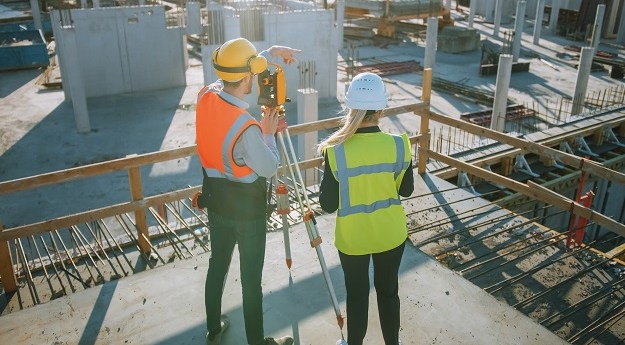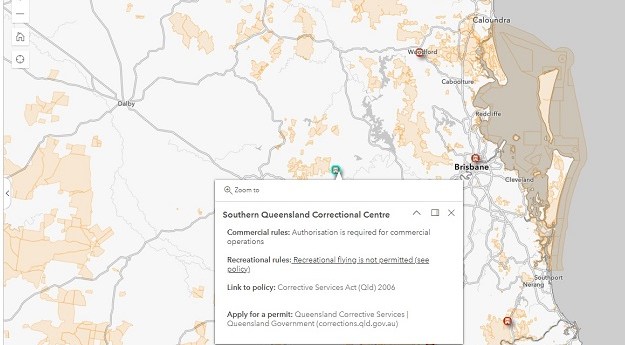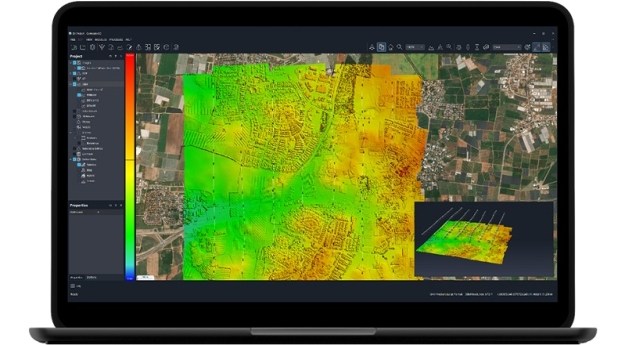
Dr Lee Gregory, CEO, 12d Solutions
In our annual Leaders Forum, we ask the experts to look ahead into 2023. Today we talk standards with Lee Gregory.
Dr Lee Gregory, co-founder of 12d Solutions, has spent 40 years in the civil software industry. His company develops products for surveying, road and rail design, land development, drainage, visualisation, data management and project collaboration.
Now that COVID seems to be mostly behind us, is the geospatial sector in good shape to help solve the needs of the nation, e.g. climate change, renewable energy, infrastructure projects?
From the outset of the pandemic 12d was determined to supply flexible solutions to our customers so they didn’t lose productivity. As a result, designers and surveyors using 12d products could easily work from home, and most surveyors were still able to work in the field. The pandemic also forced meetings and functions online allowing a broader audience to be involved and offer solutions. These benefits made the Australian geospatial sector more flexible than before the pandemic, and so in an even better position to continue tackling the serious issues affecting the nation.
What are the most important challenges facing the sector?
Training and staffing continue to be of concern. We need to keep training more locals to future-proof the sector, so that we aren’t completely reliant on people coming from other countries. A variety of experiences will always be valuable, but we need a basic set of people based in Australia so that industries don’t risk collapse from skills shortages if travel is prevented again.
We also need to keep the focus on moving to published standards and digital engineering, but digital engineering that is suitable for the civil and surveying industry. The capacity to pass data between products and remove proprietary digital silos is critical to increase overall industry productivity. Hopefully IFC 4×3 — the first BIM for civil infrastructure — will help with this.
Which technologies or innovations are going to make their mark in 2023?
Again, I’ll mention IFC 4×3, as it’s definitely going to be a game-changer in getting data out of those digital silos. And of course, I need to mention 12d Model 15 and 12d Synergy 5. This may be considered self-promotion, but I genuinely believe that any innovations and products promoting flexible working and collaboration are going to continue to make their mark. It’s just not going to be possible to run a business ‘the old way’ now, so companies are going to have to embrace these technologies and ways of working.
What’s on your wish list for 2023?
Being able to turn point clouds into individual 3D objects and strings is high on my list. I still want regulators to start adopting the 3D model, rather than plots, as the source of truth for contracts. And I’m still keen to see a push for young people to study STEM — the benefits to society as well as to the individuals need to be shouted from the rooftops.
What are your customers and collaborators looking for in 2023?
Well, collaboration. We constantly liaise with our customers and a major thing they are seeking is standardisation – open industry standards so they can use the best products for their work, and effectively interface between products, to save time and money.
Something else I know they find important is affordable, flexible training. During the pandemic we introduced instructor-led online training, and this has proved so successful that we recently added Self-Paced Online Training. Although face-to-face training is still important, a wider variety of training styles is essential.
What are your company’s plans or priorities for 2023?
2021 and 2022 were record years for sales of both 12d Model and 12d Synergy and for 2023, we plan to keep growing within Australia and New Zealand and continue our overseas sales expansion. 12d Model 15 and 12d Synergy 5 have now been released and 2023 will see our customers taking advantage of all the new and improved features to increase their productivity. During 2023 we will continue to expand our training offerings through the Civil and Surveying Institute, and we’ll continue working with our customers to add new features and innovations to help them be more productive, reduce waste and assist with environmental concerns.
This article was first published in Issue 116 (Dec/Jan 2022-23) of Position magazine.
Stay up to date by getting stories like this delivered to your inbox.
Sign up to receive our free weekly Spatial Source newsletter.












